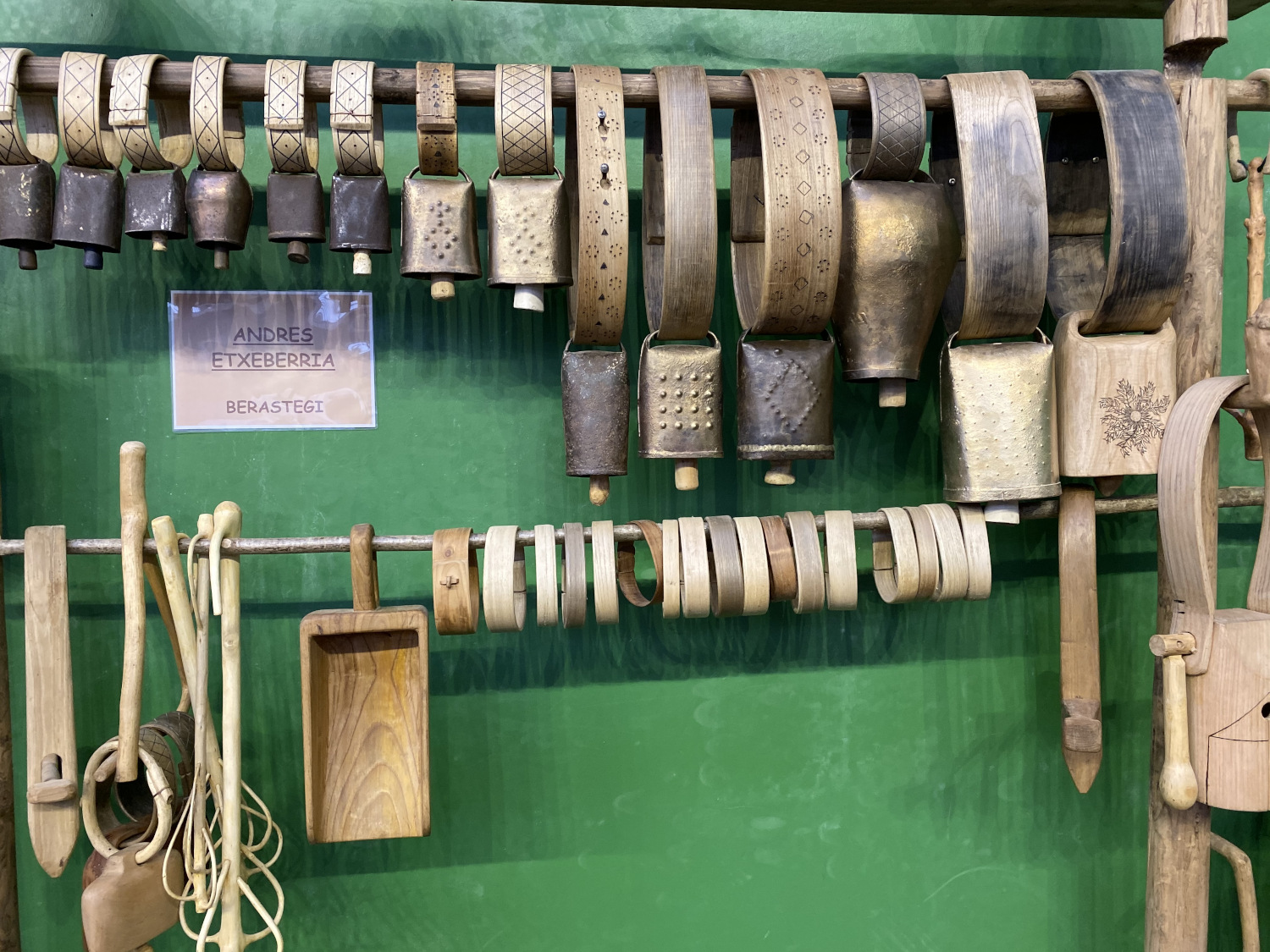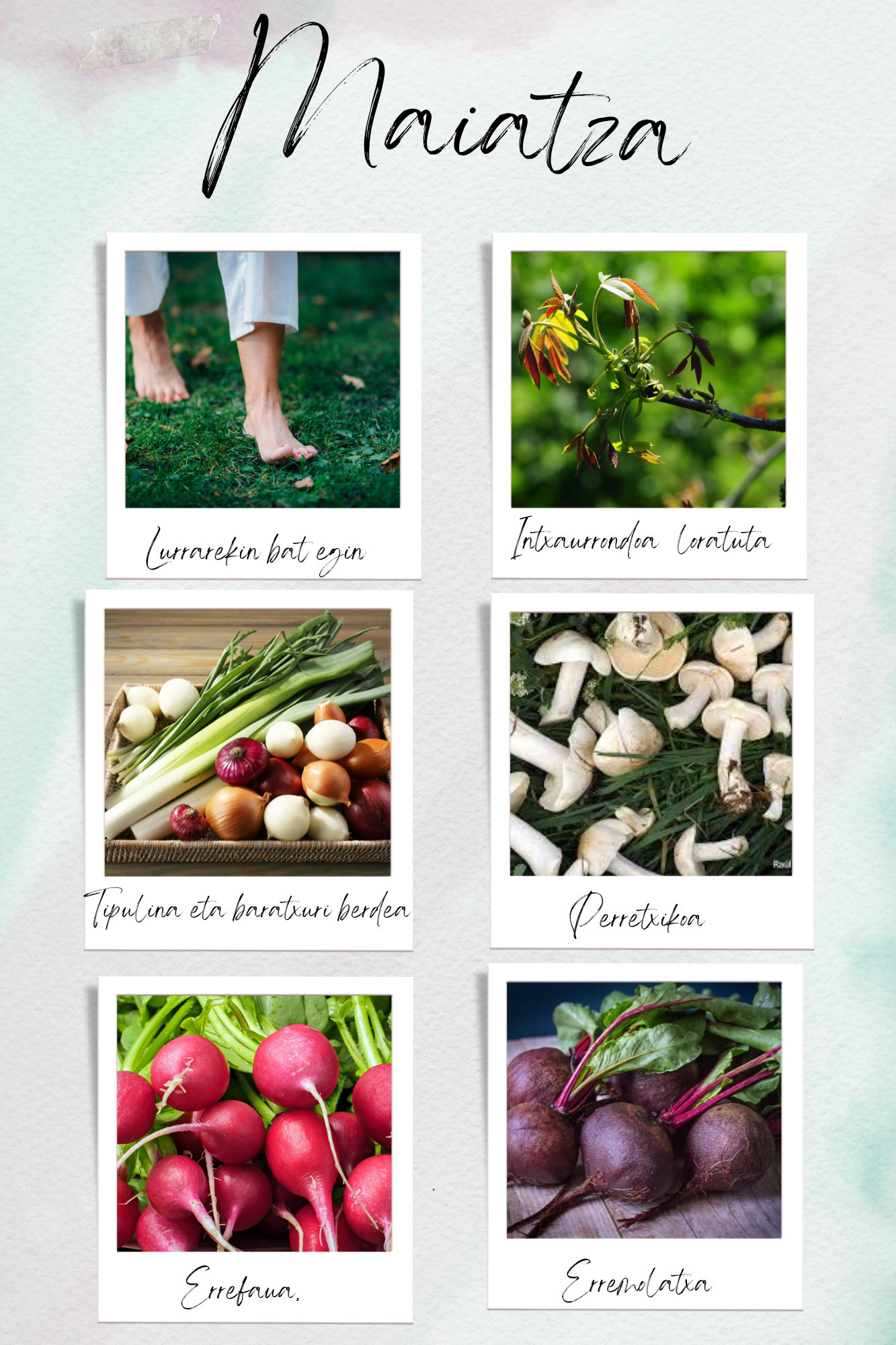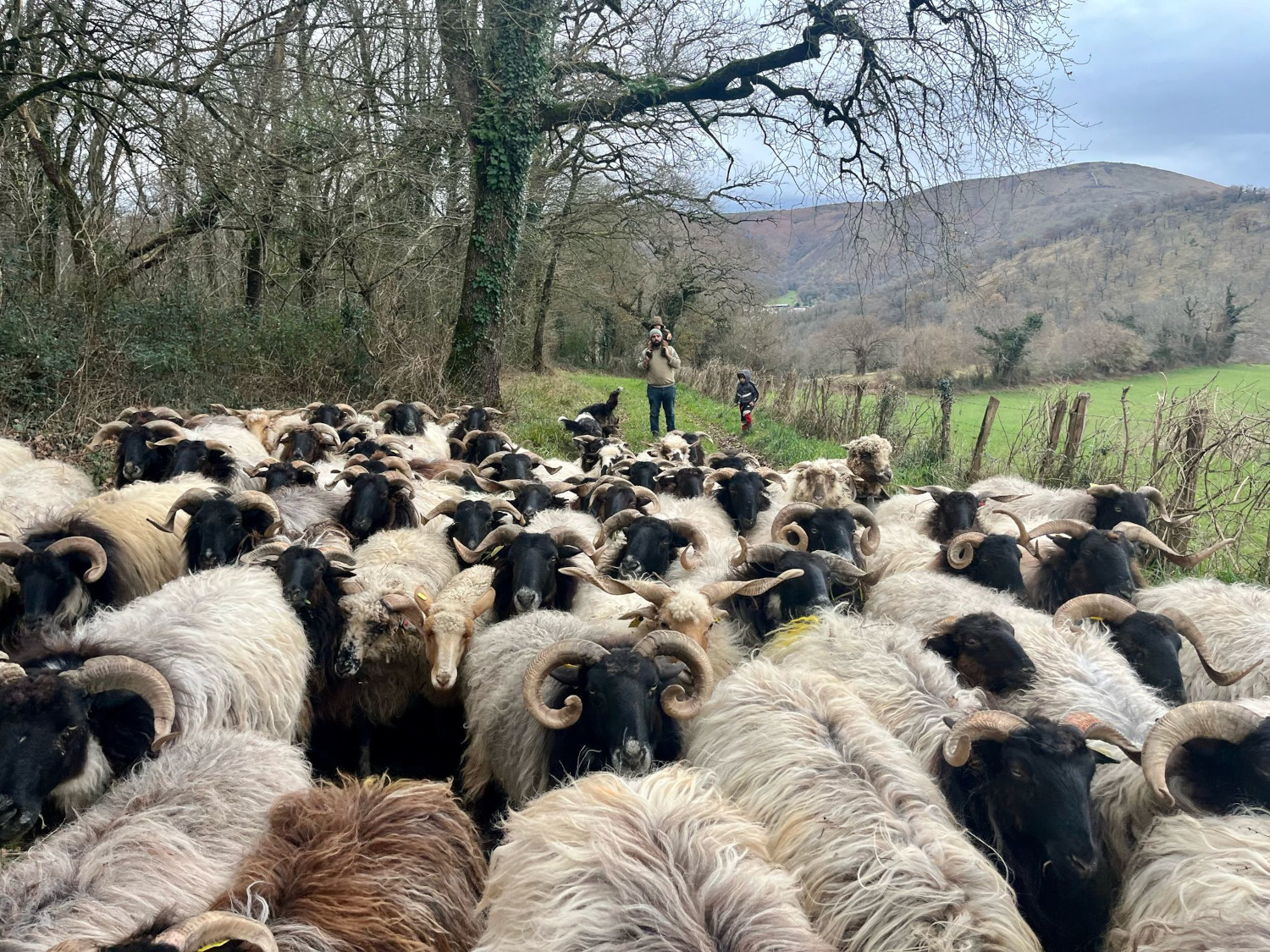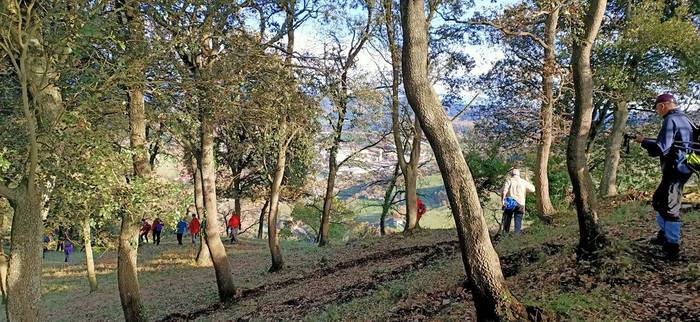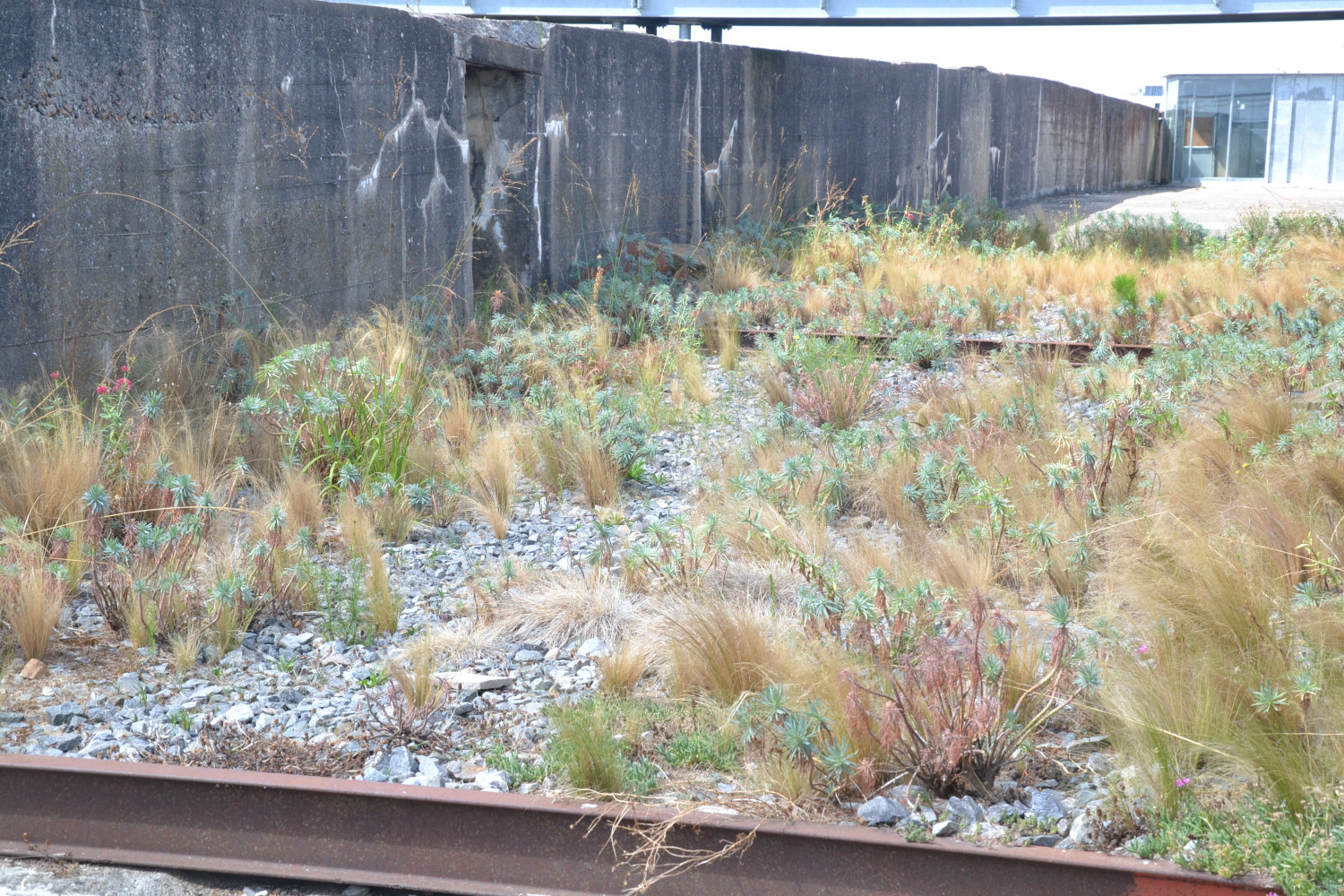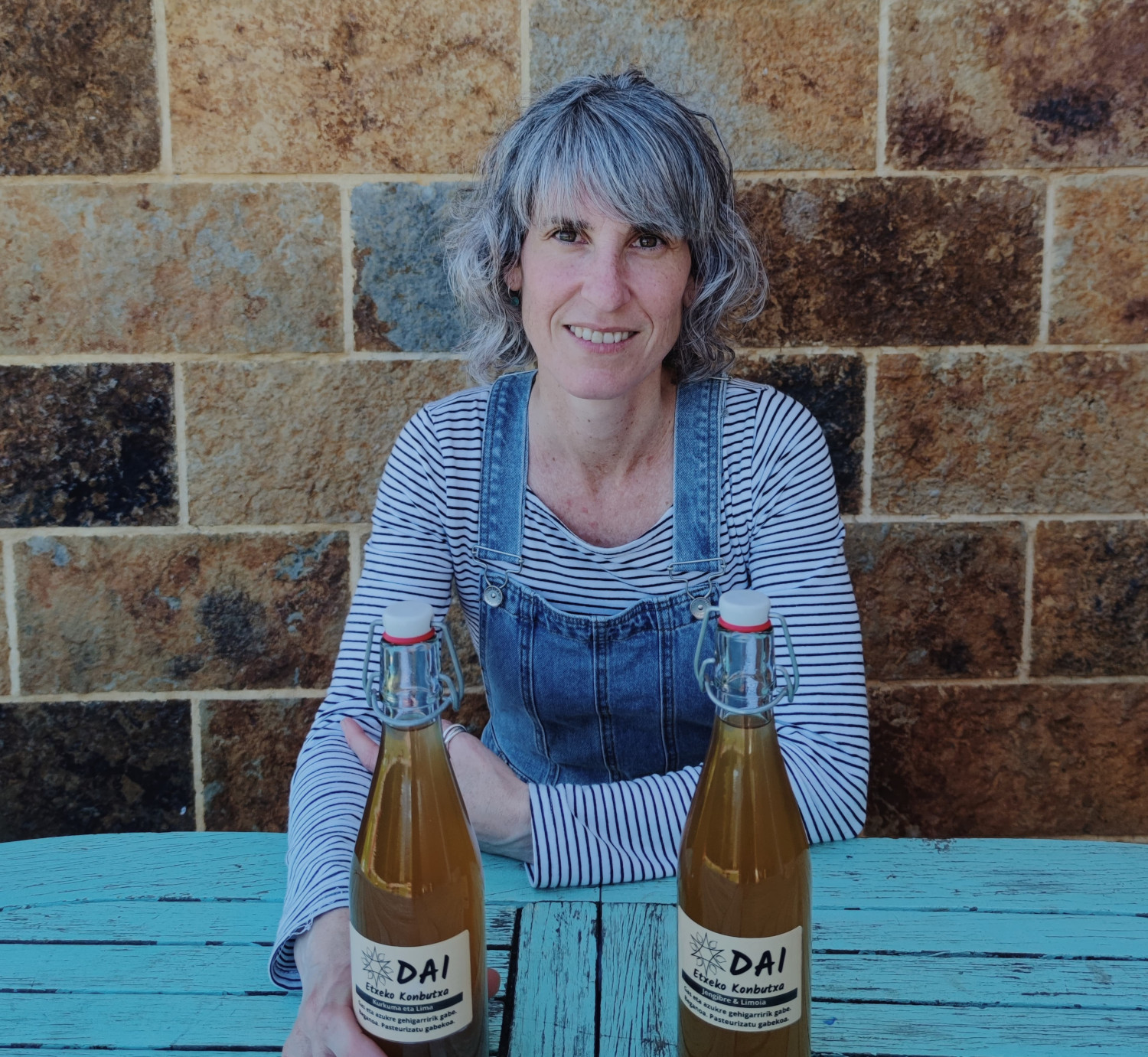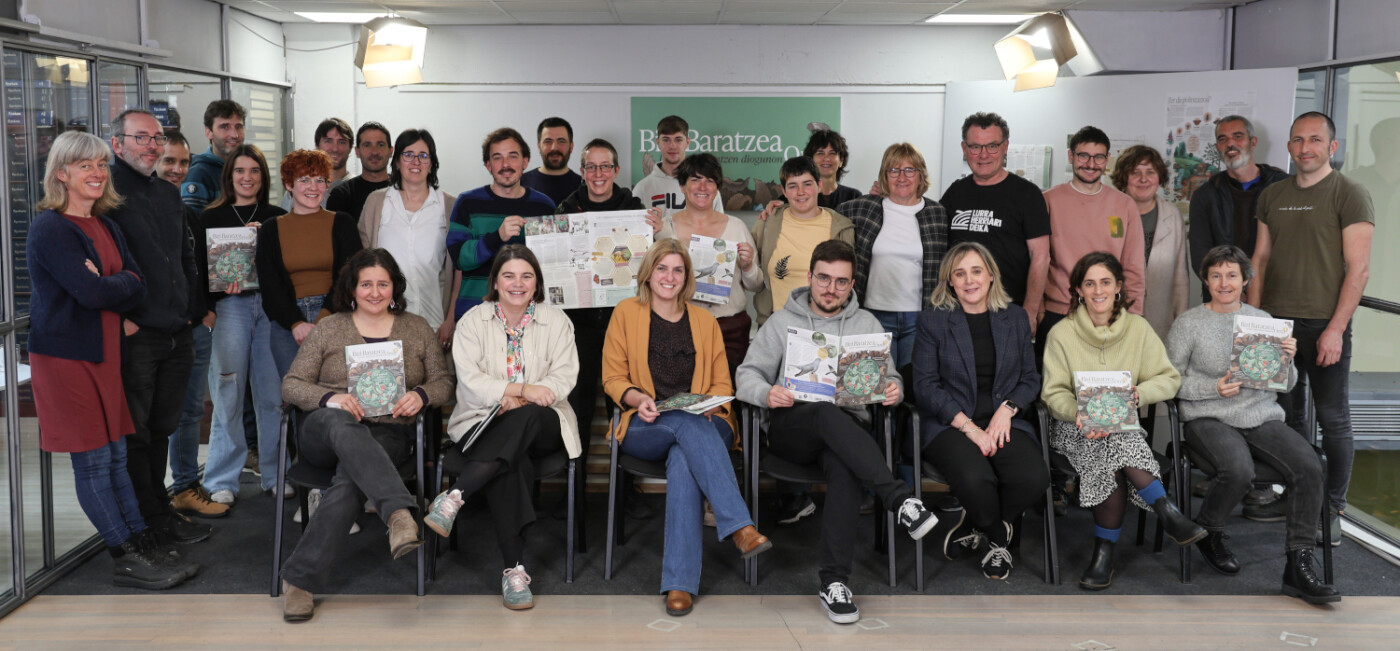Do not smell
- The nose tells the truth. It's hard to fool your nose. You can't avoid smell. The exciting, exciting, exciting study of the pathway of nasal connection to the brain is for many researchers. If the bridge between smell and memory is not the fastest, it is one of the fastest. An odor that is known to us makes in some mother the path of neurons between the shelves of the archive of memory, at full speed, and brings us to view the phenomenon, the situation or the phenomenon associated with that odor. That the smell is known, that it has ever felt, has to be something different. And every time we sniff it, the event will be renewed. Maybe we didn't pay special attention to the smell when the event happened, but it was stored there, in a particular nest of neurons.

We know that plants hear, if we don't go to what we did a couple of LUZ before with pea (Pisum sativum). I don’t know if they have smell, but they do disturb our smell, how many odours the plants spread, from the skin, the wood, the leaf, the flower, the fruit… Some like it, others retract. Not everyone has the same taste, you do not like it, and vice versa. But the plant always produces the same smell.
He said the smell was familiar to renew the sparks of our first life. We also need to know which plants produce this odor, to sow or plant, to get it dried, for everything. And there we have a good cylindrical salsa for the Basques. In one and the other name to designate two or more plants, and a plant with lots of names…
It has a surprising smell (Anethum graveolens). Aneta, anado, anedo, anero, meillu, migelo, molu, mierlu, anis-belar, has many names to say. Another plant bears the same name as “ezamihilu”, the fennel itself (Foeniculum vulgare). We also call it verbena, ridge, milu, muhuilu, milu-belar, puhuilu, skinny, anis-belar, and xarpot at least. They have very similar shapes, bloom, etc., and hence the confusion and darkness, which is then captured in the nomenclature, in dictionaries, etc. Both are aromatic: the fennel smells of anise and the gonero, on the contrary, has a heavy and unsweet smell. This is the way to clear up the mixture, but does the pituitals have a good time? Do you have traces of smell? It seems that our speakers don't. They are mainly used in cooking, but it is not the same to add one soup than another, and there, the cooks distinguish them perfectly; that the smell is the right one and to satisfy all the senses of the diners, even those of the miracles, is the basis of the restaurant business.
We've got to clear up the name salsa. Common manure, common anion, miellu, milu... What a name emulsion! And anise (Pimpinella anisum), authentic anis-belar, without going into the recipe today. Against this background, the fennel cries: the emanation of his wounds is called a milu-lerde or a milu-cry.
In order to clarify this confusion of names, it will have to be strong. This is the right Anisa to do. Anisa is a living beverage and also a plant; the priest of Bidangoztarra Pedro Prudenzio Hualde Mayo (1823-1879) calls the anise “Sonto-Belarra”: the sonto is to complete, cure and strengthen.








